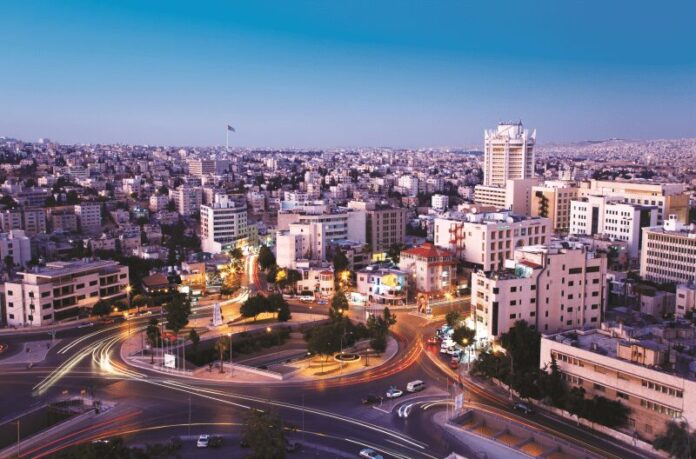Despite economic troubles and the impact of conflicts in neighboring Iraq and Syria, Jordan has one of the most competitive mobile markets in the Middle East. And this competition has led to a great deal of innovation.
Jordan’s mobile market is the second most competitive in the region behind only Saudi Arabia, according to a recent index produced by Arab Advisors Group. The country has three main mobile players: Zain Jordan is the leader with 40% of the market, followed by Orange Jordan with 31%. Then there’s Umniah, the newest entrant that has managed to quickly grab 29% market share.
Jordan’s telecom profile is similar to many emerging countries: most mobile subscriptions are prepaid. In Jordan they are about 93% (9.9 million out of total 10.69 million, according to figures from the country’s regulator TRC). Networks are still predominantly 2G. The GSMA estimates that only 34% of connections in Jordan are 3G, and LTE roll outs have yet to begin.
There are also regulatory problems. The government of Jordan has a national ICT strategy to support the sector, yet carriers complain high taxes are hindering the mobile market. It was so bad that after the government doubled taxes on mobile phones and services in 2013, the three carriers boycotted TRC’s spectrum auction, which included spectrum for LTE services, in protest. The subsequent auction failed to produce any award.
Yet with all these problems the market has a high mobile penetration: 146% in the first half of this year. Mobile is becoming so popular that landline use in Jordan is declining.
The secret of Jordan’s competitive market seems to be some innovative — and persistent — carrier strategies.
Zain Jordan, then known as Fastlink, was the first to introduce mobile services in the country in 1994, and remains the market leader. Its recipe for success seems to be a combination of aggressive network growth and marketing. Zain’s network covers the entire population of Jordan through a little more than 2,000 network sites. And despite the failed spectrum auction in 2013, Zain in April managed to work out a deal with the regulator for 4G and 3G frequencies, paying about $270 million. The carrier plans to be the first to launch next-generation services this year.
The Zain brand may also be helping fuel its momentum. Its parent company, the Zain Group, which has operations in eight markets in the Middle East and Africa, recently received the “Best Brand” award from the Telecoms World Awards. For its part, the subsidiary Zain Jordan received awards for “best domestic growth strategy” and for having the “best operator network.”
Awards aside, perhaps the most interesting story in this market is that of No. 3 operator Umniah, which means “wish” in Arabic. The carrier, owned by Bahrain’s Batelco, entered Jordan’s market in 2005. Facing heavy competition from Zain and Orange Jordan, which is backed by France-based Orange, Umniah managed to gain 1.8 million subscribers within five years, rising to three million this year.
Umniah achieved this growth by embracing the many price-sensitive, prepaid users in Jordan. It offered lower denomination cards so users could refill more frequently at lower cost. Umniah also introduced per-second billing for both prepaid and postpaid customers, allowing users to pay for exact airtime used.
The operator also moved on infrastructure. Umniah operates its own brand of WiMAX technology called Umax giving users access to the Internet without the need for a landline. While it does not yet have LTE spectrum, Umniah launched what it calls a “3.75G” network in 2012, powered by HSPA+ technology.
The downside to Umniah’s strategy is that its focus on the lower-end of the market sparked a bit of a price war in Jordan. So even though mobile use is up, overall telecom revenues have declined slightly in 2012 and 2013, according to an analysis by the Arab Advisors Group.
Yet the competition has also fueled a lot of demand in the Jordan that will likely grow even further, especially once LTE is introduced. And the best, most innovative operators will undoubtedly profit from it.
For more teleco news from the region, check out our EMEA coverage, and follow me on Twitter!

